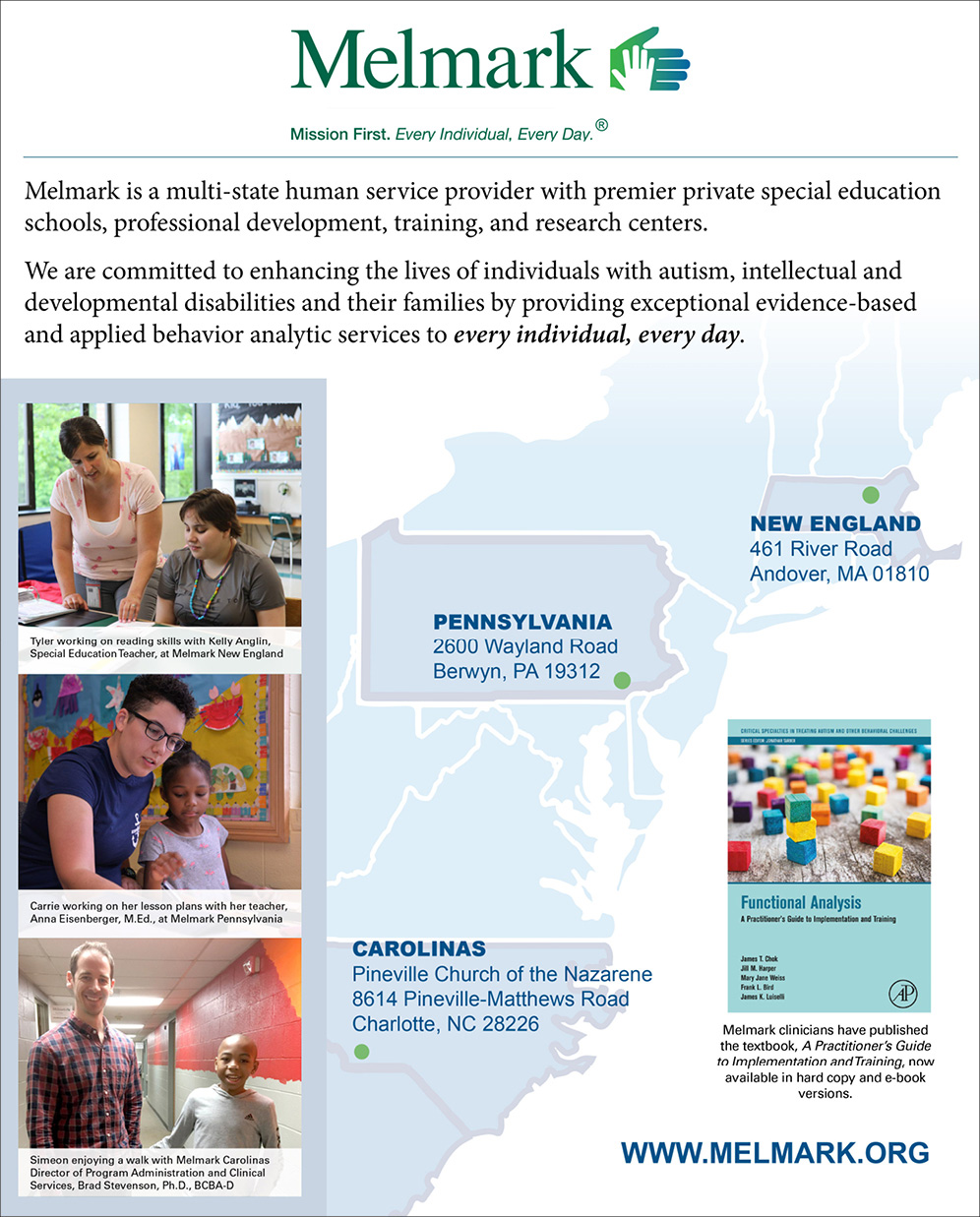Play has been focused on as a pivotal skill for young children, as it is an important context for both cognitive development and social connection. For these reasons, play is a primary focus of instruction for children with developmental delays and disabilities. Pretend play is a social skill that emerges early in typically developing children and has been shown to be an important contributor to the development of a child’s social and language skills (MacDonald et al., 2005, 2009). For typically developing children, play often emerges in a developmental sequence of simple manipulation, discrimination between toy materials, combining or constructing toy materials to make something new, pretend play, and sociodramatic or thematic play (Lifter, 2000). Lifter argues teaching play skills following this developmental sequence will result in more rapid acquisition and increased generalization of play skills.

According to Lifter (2000), pretend play begins to develop around 17 to 19 months and is defined in 4 ways:
- The child extending familiar actions to a doll or stuffed animal figure, with the child as agent of the activity (e.g., animal walks, drinks, jumps, or any character plus an action such as running, flying, talking),
- The child relating objects to their self, indicating a pretend quality to the action (e.g., brings empty cup to mouth as if to drink),
- Play including substitutions with or without objects, paired with a specific play sequence,
- And/or the child adopting various familiar roles in play theme (e.g., playing house) or arranging the environment to create a scene (e.g., crash cars or trains).
Unlike typically developing children, children with autism often exhibit persistent deficits in social communication and social interaction across multiple contexts. Additionally, children with autism often engage in restricted, repetitive patterns of behavior, interests, or activities. This is a core diagnostic feature of an autism spectrum diagnosis. Play behaviors exhibited by children with autism are often characterized by repetitive behaviors and a lack of pretend or symbolic quality (MacDonald et al., 2005; Lifter, 2000). Further, children with autism often invariably respond in the context of play (Bancroft et al., 2016). A child with autism may develop a strong preference for one toy (Wetherby et al., 2004) and avoid choosing other stimuli associated with a play activity (Lalli et al., 1994). If these repetitive patterns of behavior go untreated, they can persist at a substantially higher rate than that of their same age peers (MacDonald et al., 2007).
Many behavioral teaching procedures have been shown to effectively teach pretend play skills to children with autism including discrete trial training, pivotal response training, in-vivo modeling, and video modeling. Discrete trial training (DTT) often involves breaking down a skill into smaller steps. Prompting, fading, and reinforcement procedures are often included and are contingent on the child’s responding. DTT techniques have been shown to be effective in teaching a variety of play skills, ranging from simple object manipulation (e.g., Eason et al., 1982; Greer et al., 1985; Nuzzolo-Gomez et al., 2002; Santarcarangelo et al., 1987) to complex play themes such as socio-dramatic play (e.g., Lifter et al., 1993). Pivotal response training (PRT) is a manualized training procedure geared toward increasing a child’s motivation in order to teach important skills. PRT has been shown to be effective in teaching sociodramatic play skills with adults as play partners (Stahmer, 1995; Thorp, Stahmer & Schreibman, 1995). In-vivo modeling often involves in-the-moment modeling of the target response and is often paired with prompting and reinforcement procedures. This method closely replicates how children learn in the natural environment by observing and imitating familiar adults and peers. In-vivo modeling has been shown to be an effective procedure for teaching cooperative play (Goldstein & Cisar, 1992; Jahr et al., 2000). Video modeling often involves a presentation of a video showing models engaged in a target response. The video often serves as the prompt and no reinforcement procedures are necessary. Video modeling has been shown to be effective in teaching pretend play (MacDonald et al., 2005), reciprocal pretend play (MacDonald et al., 2009), and sociodramatic play (Dauphin et al., 2004; MacManus et al., 2015). These procedures are all effective in building play skills and have unique applications and advantages depending on the instructional context.
One area noted as a limitation in the play literature is the lack of generalization observed following training of play skills. In order to establish pretend play repertoires in young children with autism, teaching procedures that promote generalization must be used. The use of matrix training has been shown effective in increasing generalization across play sets (MacManus et al., 2015) as well as teaching socio-dramatic play skills (Dauphin, Kinney, Stromer, and Koegle, 2004). More research in developing repertoires of pretend play in young children with autism is needed.
Overall, play is a central component of a young child’s life. It is an important contributor to the development of a child’s social skills and language skills (MacDonald et al., 2005, 2009), making it an essential skill to assess and teach when working with a young child with autism. Many effective procedures exist for teaching such skills. The outcomes of variability within play and generalization across materials and contexts are important to consider.
Laura Wilhelm, MS, BCBA, LABA, is Director of Early Intervention at Melmark New England. For more information, please visit Melmark New England’s website at www.melmarkne.org or contact Laura Wilhelm via phone at (978) 654-4300 or via email at lwilhelm@melmarkne.org.
References
Bancroft, S. L., Thompson, R. H., Peters, L. C., Dozier, C. L., & Harper, A. M. (2016). Behavioral variability in the play of children with autism and their typically developing peers. Behavioral Interventions, 31(2), 107-119. https://doi.org/10.1002/bin.1438.
Dauphin, M., Kinney, E. M., Stromer, R., & Koegel, R. L. (2004). Using video-enhanced activity schedules and matrix training to teach sociodramatic play to a participant with autism. Journal of Positive Behavior Interventions, 6 (4), 238-250. https://10.1177/10983007040060040501.
Eason, L. J., White, M. J., & Newsom, C. (1982). Generalized reduction of self-stimulatory behavior: An effect of teaching appropriate play to autistic children. Analysis and Intervention in Developmental Disabilities, 2(2-3), 157-169. https://doi.org/10.1016/0270-4684(82)90016-7.
Goldstein, H., & Cisar, C. L. (1992). Promoting interaction during sociodramatic play: Teaching scripts to typical preschoolers and classmates with disabilities. Journal of applied behavior analysis, 25(2), 265-280. https://doi.org/10.1901/jaba.1992.25-265.
Greer, R. D., Saxe, C. D., Becker, B. J., & Mirabella, R. F. (1985). Conditioning histories and setting stimuli controlling engagement in stereotypy or toy play. Analysis and intervention in Developmental Disabilities, 5(3), 269-284. https://doi.org/10.1016/0270-4684(85)90015-1.
Jahr, E., Eldevik, S., & Eikeseth, S. (2000). Teaching children with autism to initiate and sustain cooperative play. Research in Developmental Disabilities, 21(2), 151-169. https://doi.org/10.1016/S0891-4222(00)00031-7.
Lalli, J. S., Zanolli, K., & Wohn, T. (1994). Using extinction to promote response variability in play. Journal of Applied Behavior Analysis, 27, 735–736. https://doi.org/10.1901/jaba.1994.27-735.
Lifter, K. (2000). Linking assessment to intervention for children with developmental disabilities or at-risk for developmental delay: The Development Play Assessment (DPA) Instrument. In K. GitlinWeiner, A. Sandgrund, & C. Schaefer (Eds.), Play diagnosis and assessment (2nd edn, pp. 228–261). New York: Wiley.
Lifter, K., Sulzer-Azaroff, B., Anderson, S. R., & Cowdery, G. E. (1993). Teaching play activities to preschool children with disabilities: The importance of developmental considerations. Journal of Early Intervention, 17(2), 139-159. https://doi.org/10.1177%2F105381519301700206.
MacDonald, R., Clark, M., Garrigan, E., & Vangala, M. (2005). Using video modeling to teach pretend play to children with autism. Behavioral Interventions, 20(4), 225-238. https://doi.org/10.1002/bin.197.
MacDonald, R., Green, G., Mansfield, R., Geckeler, A., Gardenier, N., Anderson, J., & Sanchez, J. (2007). Stereotypy in young children with autism and typically developing children. Research in Developmental Disabilities, 28(3), 266-277. https://doi.org/10.1016/j.ridd.2006.01.004.
MacDonald, R., Sacramone, S., Mansfield, R., Wiltz, K., & Ahearn, W. H. (2009). Using video modeling to teach reciprocal pretend play to children with autism. Journal of Applied Behavior Analysis, 42(1), 43-55. https://doi.org/10.1901/jaba.2009.42-43.
MacManus, C., MacDonald, R., & Ahearn, W. H. (2015). Teaching and generalizing pretend play in children with autism using video modeling and matrix training. Behavioral Interventions, 30(3), 191-218. https://doi.org/10.1002/bin.1406.
Nuzzolo-Gomez, R., Leonard, M. A., Ortiz, E., Rivera, C. M., & Greer, R. D. (2002). Teaching children with autism to prefer books or toys over stereotypy or passivity. Journal of Positive Behavior Interventions, 4(2), 80-87. https://doi.org/10.1177%2F109830070200400203.
Santarcangelo, S., Dyer, K., & Luce, S. C. (1987). Generalized reduction of disruptive behavior in unsupervised settings through specific toy training. Journal of the Association for Persons with Severe handicaps, 12(1), 38-44.
Stahmer, A. C. (1995). Teaching symbolic play skills to children with autism using pivotal response training. Journal of Autism and Developmental Disorders, 25, 123–141.
Thorp, D. M., Stahmer, A. C., & Schreibman, L. (1995). Teaching sociodramatic play to children with autism using pivotal response training. Journal of Autism and Developmental Disorders, 25, 265–282.
Wetherby, A. M., Woods, J., Allen, L., Cleary, J., Dickinson, H., & Lord, C. (2004). Early indicators of autism spectrum disorders in the second year of life. Journal of autism and developmental disorders, 34(5), 473-493. Retrieved from:10.1007/s10803-004-2544-y






